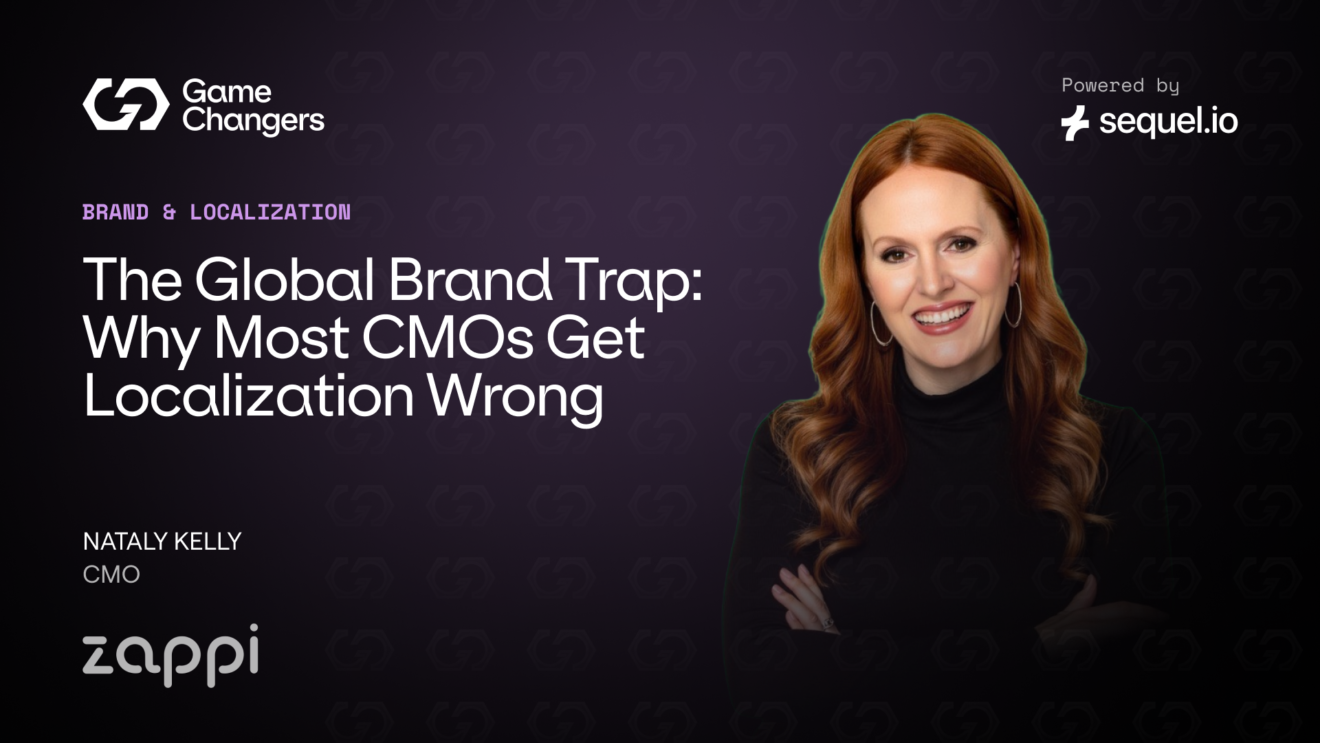Mastering B2B Messaging: My Four-Step Framework to Convert Prospects
Learn how to craft, test, and measure the performance of your marketing messaging. In this session, Peep will share his framework for communicating value and solution differentiation, discussing competition, and addressing questions and concerns of prospective customers to drive conversions.

In this episode of Game Changers, Oana engages in a captivating discussion with special guest, Peep Laja. For those who might not know, Peep is the trailblazing founder and CEO of Wynter, a company that snugly bridges the gap between B2B companies and potential consumers. The crux of their conversation revolves around a possibly under-looked, yet momentous aspect of business strategy – messaging in marketing.
Peep, a virtuoso in marketing, not only underscores the necessity of messaging for corporate success but also elaborates the qualities it should demonstrably possess. He articulates that messaging, to earn its authenticity, must be interesting, compelling, and lucid, and most importantly, boast a unique flair. Business differentiation according to Peep, should neither be superficial nor shallow, but rather present deep within the product, and bear significance.
In the competitive business battleground, Peep opens up about his proprietary four-step messaging framework that gears businesses towards efficacious messaging. His recipe for success begins with establishing clarity. Buzzwords and jargon, he warns, carry the risk of muddling the business message, distancing it from the potentials. What connects better, he suggests, are specific, exact descriptions of the what his businesses offer. The second aspect of this framework revolves around relevance, or as Peep puts it more gracefully, “articulating if it’s for you.” He insists on a crystal clear delineation of the intended consumer base for the products or services.
At the heart of Peep’s philosophy lies the ability to create value, which forms the third step of his framework. He encourages businesses to look beyond mere feature listing, and instead emphasize on unique selling propositions that render them irresistible. And lastly, the step that pulls everything together, businesses are urged to unfurl their distinctive feathers, separating themselves from the rest of the flock with absolute clarity.
Peep expands his insights towards an interesting notion, the idea of “always-on research.” A continuous stream of customer insights, he proposes, constantly informs and molds a company’s strategy to venture into the market. To aid in this target customer research, tools such as Wynter are available at one’s disposal. His practical mind brings forth real-life examples of companies like Bloom Tech and Basecamp, which unfailingly demonstrate successful messaging tactics.
Moving onto common pitfalls, Peep identifies that numerous businesses falter at defining their audience and differentiating their product, often lost in the realms of generality and broad messaging.
The conversation steers towards an all-important aspect of success measurement – testing. Peep accentuates the role of testing in assessing messaging resonance with a target audience, as well as the need for regular iterative adjustments based on feedback. He flags indicative measures of successful messaging as increased revenue, a surge in sign-ups or demo requests, and the efficacy of AB testing in high-volume situations.
In essence, Peep’s insights into effective messaging strategies provide a valuable blueprint for any business, highlighting the power of clear, compelling, and differentiated messaging in a crowded marketplace. His four-step messaging framework is indeed a roadmap to successful messaging and potentially influential tool for a prosperous customer journey. Businesses, take note!





